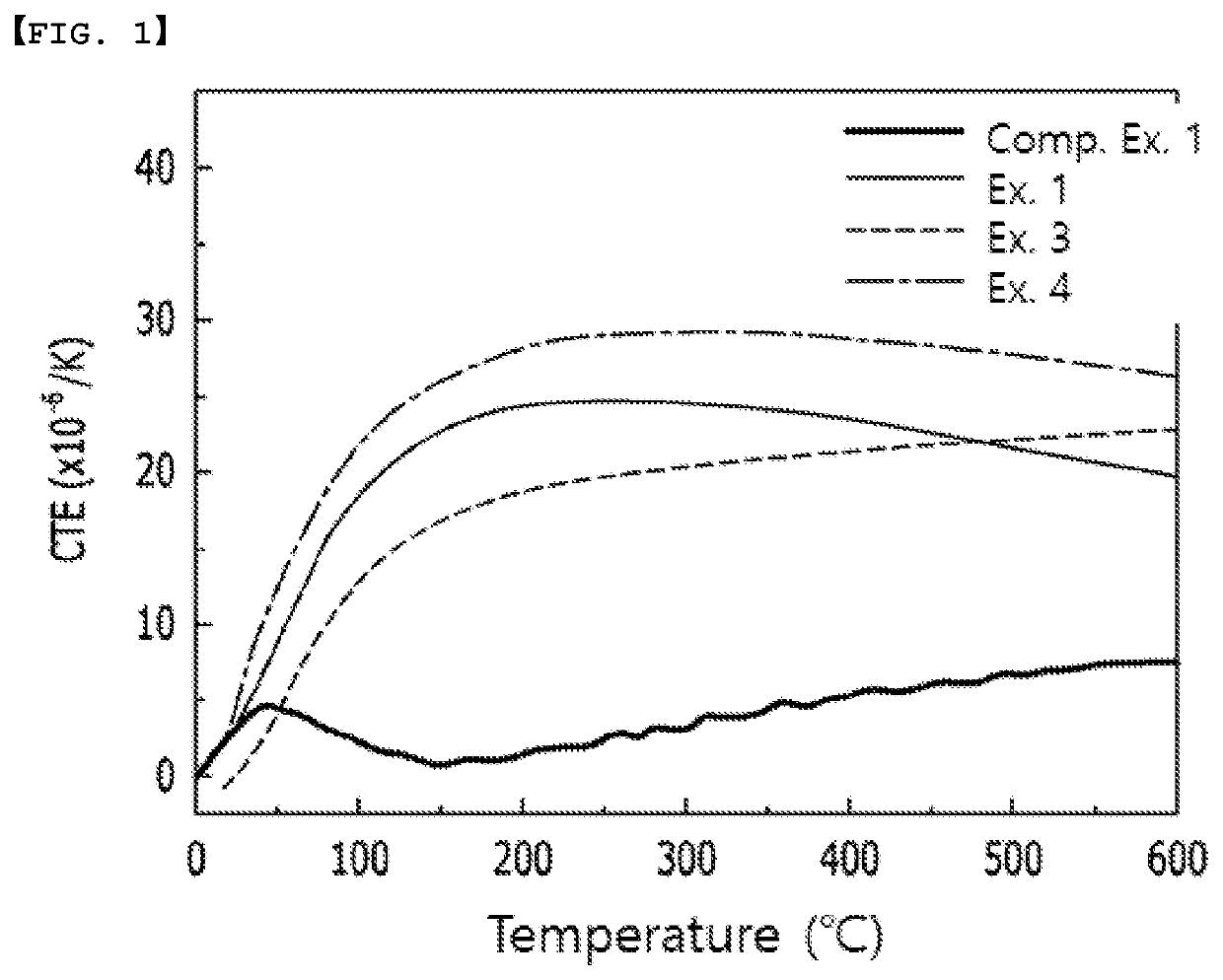Thermoelectric module
a technology of thermoelectric modules and modules, applied in the direction of thermoelectric device details, thermoelectric device manufacturing/treatment, thermoelectric device junction materials, etc., can solve the problems of heat diffusion of the material of a joining layer, etc., to prevent the oxidation and deformation of a thermoelectric element, prevent the heat diffusion of the material, and excellent thermal and electrical properties
- Summary
- Abstract
- Description
- Claims
- Application Information
AI Technical Summary
Benefits of technology
Problems solved by technology
Method used
Image
Examples
example 1
[0056]On a thermoelectric element comprising Bi-Ti-based thermoelectric semiconductor, a barrier layer of Cu—Mo—Ti alloy was deposited through sputtering (the thickness of the barrier layer: 350 nm, the composition of the Cu—Mo—Ti alloy: Cu 12.5 atom %, Mo 70 atom %, Ti 17.5 atom %).
[0057]The thermoelectric element on which a barrier layer is formed was cut to a size of 3×3 mm2 to prepare a die, which was then lead bonded to Au plated Cu substrate, thus manufacturing a thermoelectric module.
[0058]Here, the size of the high temperature substrate of the manufactured thermoelectric module was 30*30 mm, and the size of the low temperature substrate was 30*32 mm, the size of the element was 3*3*2 mm and the thermoelectric module included 32 pairs of the elements.
example 2
[0059]A thermoelectric module was manufactured by the same method as Example 1, except that the thickness of the barrier layer was changed to 160 nm in Example 1.
example 3
[0060]A thermoelectric module was manufactured by the same method as Example 2, except that a barrier layer was formed using Cu—Mo—Ti alloy comprising 25atom % of Cu, 43atom % of Mo and 32atom % of Ti instead of the Cu—Mo—Ti alloy of Example 2.
PUM
 Login to View More
Login to View More Abstract
Description
Claims
Application Information
 Login to View More
Login to View More - R&D
- Intellectual Property
- Life Sciences
- Materials
- Tech Scout
- Unparalleled Data Quality
- Higher Quality Content
- 60% Fewer Hallucinations
Browse by: Latest US Patents, China's latest patents, Technical Efficacy Thesaurus, Application Domain, Technology Topic, Popular Technical Reports.
© 2025 PatSnap. All rights reserved.Legal|Privacy policy|Modern Slavery Act Transparency Statement|Sitemap|About US| Contact US: help@patsnap.com

